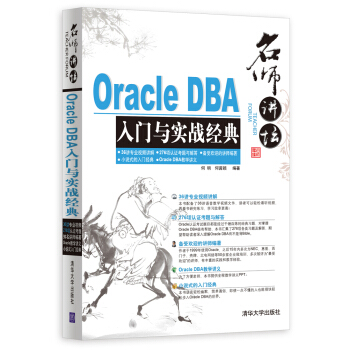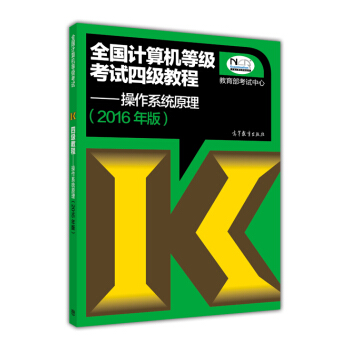具體描述
編輯推薦
C程序員進階必備經典
透徹理解指針與內存管理
內容新穎,兼容C11標準
更多精彩,點擊進入品牌店查閱>>
內容簡介
指針是C語言的一項核心特性,對於指針的掌握程度是區分C語言新手與老手的重要標誌。《圖靈程序設計叢書:深入理解C指針》專門研究指針,旨在提供比其他圖書更全麵和深入的C 指針和內存管理知識。全書巨細靡遺地為讀者展現瞭C語言編程中最重要的話題:C的動態內存管理、指針和函數、指針和數組、指針和字符串、指針和結構體。作者還專門用一章篇幅講解瞭安全問題和指針誤用,讓讀者對指針的認識又深入一層。全書每章都穿插瞭使用指針的注意事項和潛在陷阱,及時貼心地提示讀者在編程中避開此類問題。
《圖靈程序設計叢書:深入理解C指針》適閤C和C++程序員和開發人員閱讀,也可作為計算機專業學生學習C語言的參考圖書。
作者簡介
Richard Reese,華盛頓州塔爾頓州立大學副教授。Reese自2002年起就在塔爾頓州立大學教授計算機科學課程,此前在洛剋希德·馬丁公司做過十年的軟件開發。Reese著有多本技術圖書,包括Oracle Certified Associate,Java SE 7 Programmer Study Guide,Java 7 New Features Cookbook,EJB 3.1 CookBook等。
譯者簡介:
陳曉亮,美團網iOS工程師,長期關注Linux、iOS、C、Objective-C,推崇C語言,認為程序員的C功底會直接影響Objective-C代碼質量。他重視用戶體驗,喜歡乾淨的代碼,業餘時間喜歡讀書,經常與大傢探討技術問題,譯有《iOS6編程實戰》。
內頁插圖
目錄
前言 XI
第1章 認識指針
1.1 指針和內存
1.1.1 為什麼要精通指針
1.1.2 聲明指針
1.1.3 如何閱讀聲明
1.1.4 地址操作符
1.1.5 打印指針的值
1.1.6 用間接引用操作符解引指針
1.1.7 指嚮函數的指針
1.1.8 null的概念
1.2 指針的長度和類型
1.2.1 內存模型
1.2.2 指針相關的預定義類型
1.3 指針操作符
1.3.1 指針算術運算
1.3.2 比較指針
1.4 指針的常見用法
1.4.1 多層間接引用
1.4.2 常量與指針
1.5 小結
第2章 C的動態內存管理
2.1 動態內存分配
2.2 動態內存分配函數
2.2.1 使用malloc函數
2.2.2 使用calloc函數
2.2.3 使用realloc函數
2.2.4 alloca函數和變長數組
2.3 用free函數釋放內存
2.3.1 將已釋放的指針賦值為NULL
2.3.2 重復釋放
2.3.3 堆和係統內存
2.3.4 程序結束前釋放內存
2.4 迷途指針
2.4.1 迷途指針示例
2.4.2 處理迷途指針
2.4.3 調試器對檢測內存泄漏的支持
2.5 動態內存分配技術
2.5.1 C的垃圾迴收
2.5.2 資源獲取即初始化
2.5.3 使用異常處理函數
2.6 小結
第3章 指針和函數
3.1 程序的棧和堆
3.1.1 程序棧
3.1.2 棧幀的組織
3.2 通過指針傳遞和返迴數據
3.2.1 用指針傳遞數據
3.2.2 用值傳遞數據
3.2.3 傳遞指嚮常量的指針
3.2.4 返迴指針
3.2.5 局部數據指針
3.2.6 傳遞空指針
3.2.7 傳遞指針的指針
3.3 函數指針
3.3.1 聲明函數指針
3.3.2 使用函數指針
3.3.3 傳遞函數指針
3.3.4 返迴函數指針
3.3.5 使用函數指針數組
3.3.6 比較函數指針
3.3.7 轉換函數指針
3.4 小結
第4章 指針和數組
4.1 數組概述
4.1.1 一維數組
4.1.2 二維數組
4.1.3 多維數組
4.2 指針錶示法和數組
4.3 用malloc創建一維數組
4.4 用realloc調整數組長度
4.5 傳遞一維數組
4.5.1 用數組錶示法
4.5.2 用指針錶示法
4.6 使用指針的一維數組
4.7 指針和多維數組
4.8 傳遞多維數組
4.9 動態分配二維數組
4.9.1 分配可能不連續的內存
4.9.2 分配連續內存
4.10 不規則數組和指針
4.11 小結
第5章 指針和字符串
5.1 字符串基礎
5.1.1 字符串聲明
5.1.2 字符串字麵量池
5.1.3 字符串初始化
5.2 標準字符串操作
5.2.1 比較字符串
5.2.2 復製字符串
5.2.3 拼接字符串
5.3 傳遞字符串
5.3.1 傳遞簡單字符串
5.3.2 傳遞字符常量的指針
5.3.3 傳遞需要初始化的字符串
5.3.4 給應用程序傳遞參數
5.4 返迴字符串
5.4.1 返迴字麵量的地址
5.4.2 返迴動態分配內存的地址
5.5 函數指針和字符串
5.6 小結
第6章 指針和結構體
6.1 介紹
6.2 結構體釋放問題
6.3 避免malloc/free開銷
6.4 用指針支持數據結構
6.4.1 單鏈錶
6.4.2 用指針支持隊列
6.4.3 用指針支持棧
6.4.4 用指針支持樹
6.5 小結
第7章 安全問題和指針誤用
7.1 指針的聲明和初始化
7.1.1 不恰當的指針聲明
7.1.2 使用指針前未初始化
7.1.3 處理未初始化指針
7.2 指針的使用問題
7.2.1 測試NULL
7.2.2 錯誤使用解引操作
7.2.3 迷途指針
7.2.4 越過數組邊界訪問內存
7.2.5 錯誤計算數組長度
7.2.6 錯誤使用sizeof操作符
7.2.7 一定要匹配指針類型
7.2.8 有界指針
7.2.9 字符串的安全問題
7.2.10 指針算術運算和結構體
7.2.11 函數指針的問題
7.3 內存釋放問題
7.3.1 重復釋放
7.3.2 清除敏感數據
7.4 使用靜態分析工具
7.5 小結
第8章 其他重要內容
8.1 轉換指針
8.1.1 訪問特殊用途的地址
8.1.2 訪問端口
8.1.3 用DMA訪問內存
8.1.4 判斷機器的字節序
8.2 彆名、強彆名和restrict關鍵字
8.2.1 用聯閤體以多種方式錶示值
8.2.2 強彆名
8.2.3 使用restrict關鍵字
8.3 綫程和指針
8.3.1 綫程間共享指針
8.3.2 用函數指針支持迴調
8.4 麵嚮對象技術
8.4.1 創建和使用不透明指針
8.4.2 C中的多態
8.5 小結
關於作者和封麵
前言/序言
Unleash the Power of Memory: A Deep Dive into C Pointers Introduction In the realm of programming, C stands as a foundational language, revered for its efficiency, low-level control, and the unparalleled power it grants to developers. At the heart of this power lies a concept that is both essential and, for many, a source of considerable challenge: pointers. Understanding C pointers is not merely about grasping a syntax; it's about unlocking the intricate workings of computer memory, mastering dynamic memory allocation, and writing more performant, sophisticated code. This book is dedicated to demystifying the world of C pointers, guiding you from fundamental concepts to advanced techniques, empowering you to leverage their full potential. Why Pointers Matter Pointers are the cornerstone of C programming. They provide a direct interface to memory addresses, allowing for direct manipulation of data. This low-level access is what gives C its speed and flexibility, enabling programmers to: Efficiently manage memory: Pointers are crucial for dynamic memory allocation, allowing you to allocate and deallocate memory as needed during program execution. This is vital for handling data structures of varying sizes and for building complex applications that cannot pre-allocate all their memory needs. Implement complex data structures: Linked lists, trees, graphs, and other non-contiguous data structures are fundamentally built upon pointers. Without them, their creation and manipulation would be significantly more cumbersome and less efficient. Pass data by reference: Pointers enable functions to modify the original variables passed to them, rather than operating on copies. This is essential for functions that need to return multiple values or alter the state of external data. Work with arrays and strings effectively: Arrays and pointers are intimately related in C. Understanding pointers significantly enhances your ability to traverse, manipulate, and access elements within arrays and strings. Optimize performance: Direct memory access through pointers can lead to more optimized code, as it bypasses intermediate layers of abstraction. What You Will Learn This book embarks on a comprehensive journey through the landscape of C pointers, designed to build a solid foundation and then progressively introduce more advanced concepts. We will move beyond the superficial understanding to cultivate a deep intuition for how pointers interact with memory and the C language. Part 1: The Foundations of Pointers This section lays the groundwork, ensuring you have a firm grasp of the essential concepts before diving into more complex topics. What is a Pointer? The concept of memory addresses. Declaring and initializing pointers. The dereference operator (``): accessing the value at an address. The address-of operator (`&`): obtaining the memory address of a variable. Pointers and Data Types How pointer types relate to the data they point to (e.g., `int `, `char `, `float `). The significance of pointer arithmetic based on data types. Understanding `void ` pointers and their use cases. Pointers and Arrays The inherent relationship between arrays and pointers in C. Using pointer arithmetic to traverse arrays. Array names as pointers to their first element. Accessing array elements using pointer notation (`(arr + i)` vs. `arr[i]`). Pointers and Strings Strings as arrays of characters terminated by the null character (`�`). Manipulating strings using character pointers. Common string manipulation functions and their pointer-based implementation. Pointers and Functions Passing pointers to functions to modify original variables (pass-by-reference). Understanding the function prototype for functions accepting pointers. The concept of "call by value" vs. "call by reference." Returning pointers from functions (with careful consideration of scope). Part 2: Mastering Dynamic Memory Allocation This section delves into the critical area of managing memory dynamically during program execution, a fundamental skill for building robust and scalable applications. Introduction to Dynamic Memory The limitations of static and automatic memory allocation. Why dynamic memory is necessary. The Standard Library Functions: `malloc`, `calloc`, `realloc`, and `free` `malloc()`: Allocating a block of memory of a specified size. `calloc()`: Allocating and initializing memory to zero. `realloc()`: Resizing a previously allocated memory block. `free()`: Deallocating memory to prevent memory leaks. Error handling for memory allocation failures. Common Pitfalls in Dynamic Memory Management Memory leaks: Forgetting to `free()` allocated memory. Dangling pointers: Accessing memory after it has been freed. Double `free()`: Freeing the same memory block twice. Buffer overflows: Writing beyond the allocated memory boundary. Understanding the importance of initializing pointers to `NULL`. Part 3: Advanced Pointer Concepts and Techniques Once the foundations are solid, we will explore more sophisticated applications and nuances of pointer usage. Pointers to Pointers Understanding multi-level indirection. Use cases for pointers to pointers, such as modifying pointers themselves within functions. Pointers and Structures Declaring pointers to structures. Accessing structure members using the arrow operator (`->`). Implementing linked lists, trees, and other data structures using pointers and structures. Function Pointers Declaring and using pointers that point to functions. Passing functions as arguments to other functions. Creating callbacks and implementing dynamic behavior. Applications in generic algorithms and event handling. Const Pointers and Pointers to Const Understanding the `const` keyword in conjunction with pointers. `const int `: Pointer to a constant integer. `int const`: Constant pointer to an integer. `const int const`: Constant pointer to a constant integer. Benefits for data integrity and compiler optimizations. Pointers and the Stack vs. Heap Clarifying where different types of variables reside in memory. The lifecycle of variables allocated on the stack and the heap. Advanced Pointer Arithmetic and Memory Layout Deeper understanding of how pointer arithmetic works at the byte level. Exploring the underlying memory representation of data. Common Pointer-Related Bugs and Debugging Strategies Identifying and fixing common pointer errors using debugging tools. Techniques for visualizing memory and pointer behavior. Who Should Read This Book? This book is an indispensable resource for: Aspiring C programmers: If you are new to C or have struggled with pointers in the past, this book will provide the clear explanations and practical examples you need to build confidence and mastery. Experienced C developers: Even seasoned C programmers can benefit from a deeper understanding of pointers. This book will help you refine your techniques, avoid subtle bugs, and write more efficient and elegant code. Students of computer science: A thorough understanding of pointers is fundamental to grasping many advanced computer science concepts, including operating systems, compilers, and algorithms. Anyone seeking to write high-performance and memory-efficient C code: If you need to squeeze the utmost performance from your C applications, a deep dive into pointers is essential. Learning Approach This book adopts a hands-on approach, integrating theoretical explanations with practical, real-world code examples. Each concept is illustrated with clear, concise code snippets that you can compile and run. We encourage you to experiment with the code, modify it, and observe the results. Exercises and challenges are provided at the end of key sections to reinforce your understanding and test your problem-solving skills. Conclusion Pointers are the gateway to the true power of the C programming language. They are not an arcane secret reserved for a select few but a fundamental tool that, once mastered, will elevate your programming abilities significantly. This book is your comprehensive guide to unlocking that power. By the end of this journey, you will not only understand C pointers but truly feel them – you'll have an intuitive grasp of memory, a newfound confidence in tackling complex memory management tasks, and the ability to write C code that is both powerful and precise. Prepare to embark on a journey that will transform your understanding of C and your capabilities as a programmer.
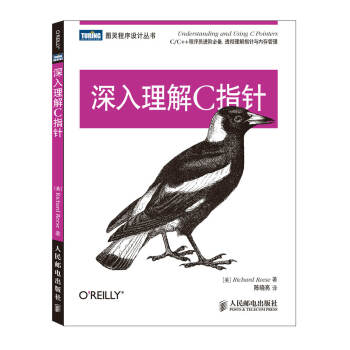


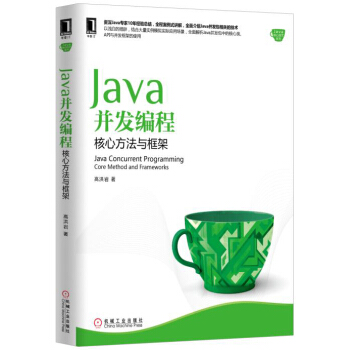
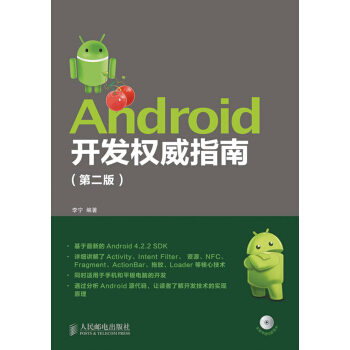
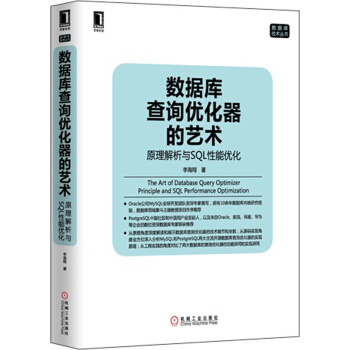
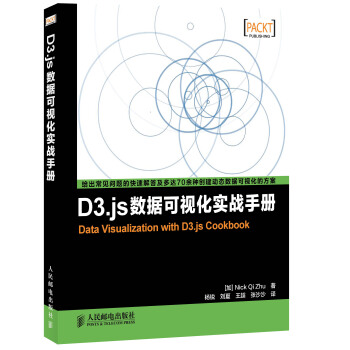


![Python Qt GUI快速編程:PyQt編程指南 [Rapid GUI Programming with Python and Qt: The Defi] pdf epub mobi 電子書 下載](https://pic.windowsfront.com/12033222/57d6980cN5ccca871.jpg)
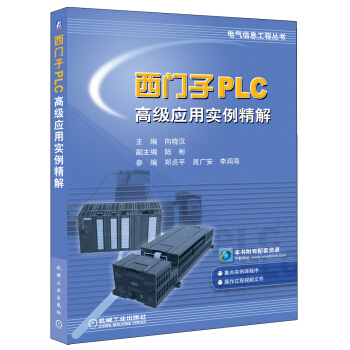
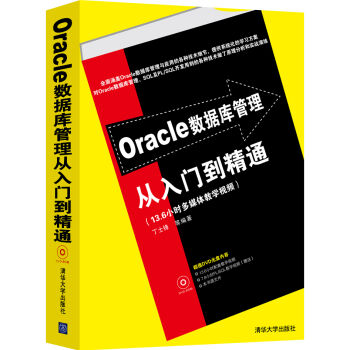
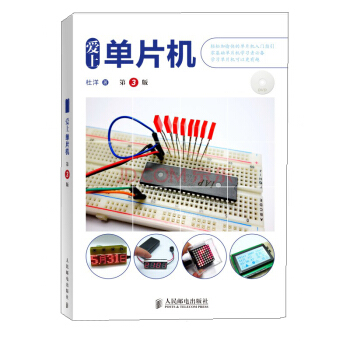
![Perl語言編程(第四版) [Programming Perl, 4e] pdf epub mobi 電子書 下載](https://pic.windowsfront.com/11544992/56f62bceN424f6864.jpg)
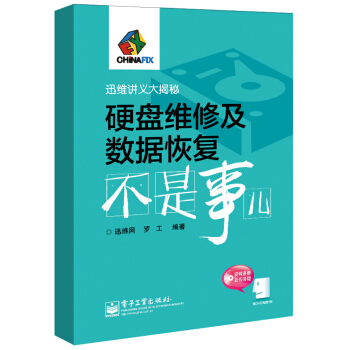
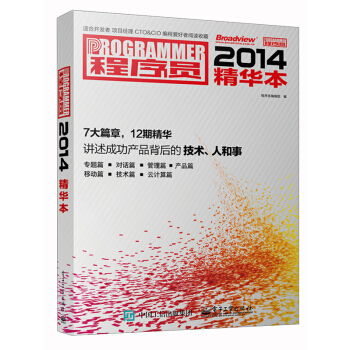

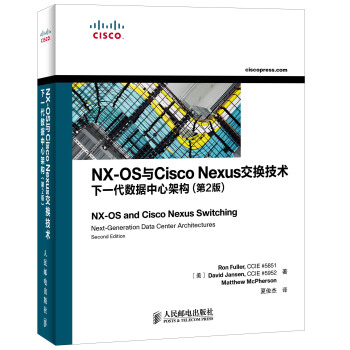
![腦機穿越:腦機接口改變人類未來 [Beyond Boundaries] pdf epub mobi 電子書 下載](https://pic.windowsfront.com/11650446/54d18df8N3facae49.jpg)
![高等應用數學問題的MATLAB求解(第3版) [Advanced Applied Mathematical Problem Solutions with MATLAB (Third Edition)] pdf epub mobi 電子書 下載](https://pic.windowsfront.com/11343658/rBEhV1J59UkIAAAAAAJ02W8CFGUAAFHpgJ0w6sAAnTx493.jpg)

